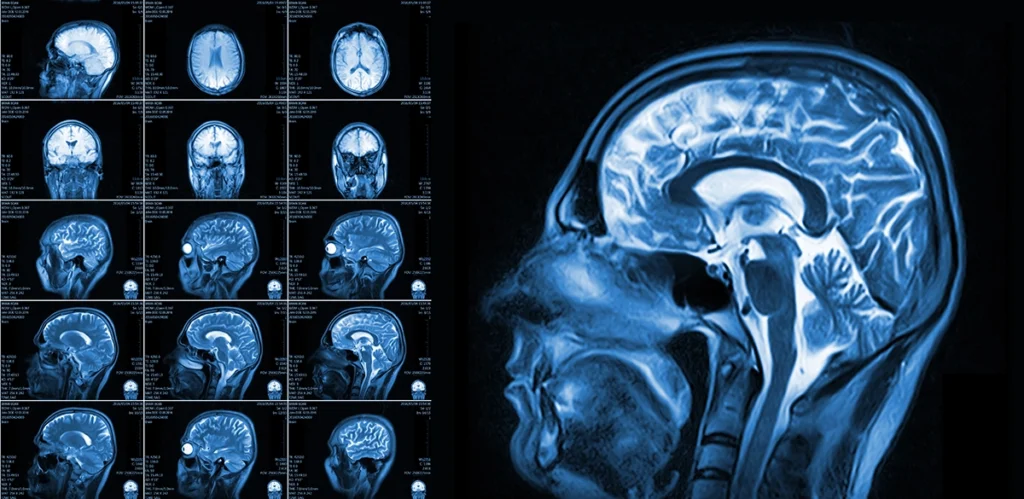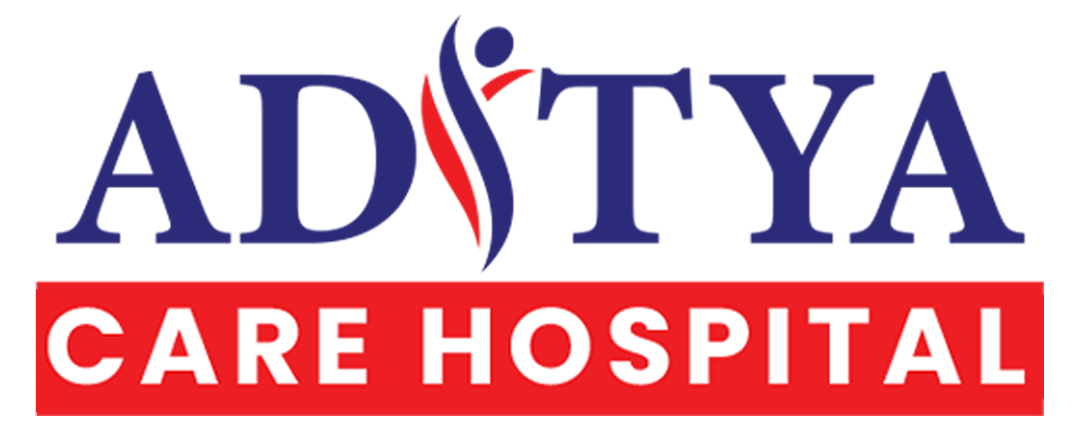Medical imaging plays a crucial role in diagnosing various health conditions, and two of the most commonly used techniques are MRI (Magnetic Resonance Imaging) and CT (Computed Tomography) scans. While both provide detailed internal images, they serve different purposes based on the condition being evaluated. Understanding their differences can help patients and doctors make informed decisions about the best diagnostic approach.
What is an MRI Scan?
MRI (Magnetic Resonance Imaging) is a non-invasive imaging technique that uses powerful magnets and radio waves to create detailed images of organs, tissues, and joints. Unlike X-rays or CT scans, an MRI does not use ionizing radiation, making it a safer option for long-term monitoring.


When is an MRI Recommended?
Doctors typically recommend an MRI for:
- Brain and spinal cord conditions (e.g., multiple sclerosis, stroke, tumors)
- Joint and soft tissue injuries (e.g., ligament tears, muscle damage)
- Heart and vascular diseases
- Tumor detection in various organs
- Detailed imaging of nerves and spinal discs
Since MRI scans provide high-resolution images of soft tissues, they are particularly useful in diagnosing neurological and musculoskeletal disorders.
What is a CT Scan?
A CT (Computed Tomography) scan, also known as a CAT scan, is an advanced imaging technique that uses X-rays to produce cross-sectional images of the body. It provides a more detailed view than a standard X-ray and is commonly used in emergencies due to its speed and accuracy.


When is a CT Scan Recommended?
Doctors recommend CT scans for:
- Head injuries and internal bleeding (e.g., stroke, trauma)
- Lung and chest diseases (e.g., pneumonia, lung cancer)
- Fractures and bone injuries
- Cancer diagnosis and monitoring
- Abdominal pain and digestive issues (e.g., appendicitis, kidney stones)
CT scans are particularly beneficial for detecting fractures, tumors, and internal injuries quickly, making them essential in emergency medical situations.
Key Differences Between MRI and CT Scan
| Feature | MRI Scan | CT Scan |
|---|---|---|
| Technology | Magnetic fields & radio waves | X-ray radiation |
| Best For | Soft tissues, brain, nerves, joints | Bones, organs, internal bleeding |
| Radiation Exposure | None | Yes, but minimal |
| Scan Time | 30–60 minutes | 5–10 minutes |
| Cost | Higher | Lower |
| Use in Emergencies | Less common due to scan time | Preferred due to speed |
Which One Do You Need?
The choice between an MRI or CT scan depends on the medical condition being diagnosed. If you need detailed imaging of soft tissues like the brain, muscles, or ligaments, an MRI is the best option. However, if you require a fast and accurate diagnosis for fractures, internal bleeding, or organ diseases, a CT scan is more suitable.
Are MRI and CT Scans Safe?
Both MRI and CT scans are considered safe when performed under medical supervision. However:
- MRI scans are not recommended for patients with metal implants (such as pacemakers) due to the strong magnetic field.
- CT scans use low levels of radiation, so they are generally avoided in pregnant women unless necessary.
Final Thoughts
MRI and CT scans are essential diagnostic tools that help doctors identify and treat various health conditions. Understanding their differences allows patients to make informed decisions about their healthcare. If you are unsure which scan you need, consult your doctor for personalized advice.

